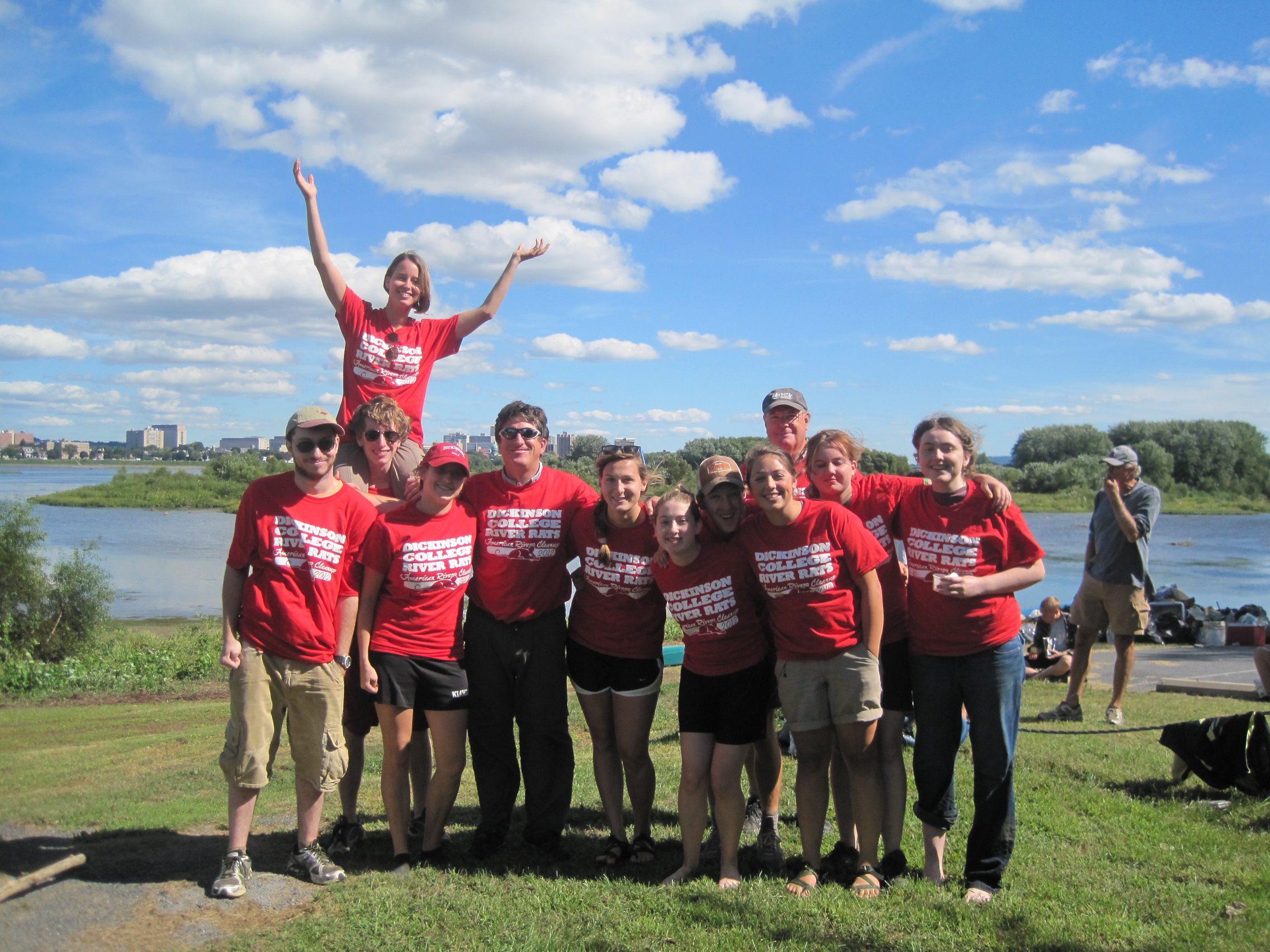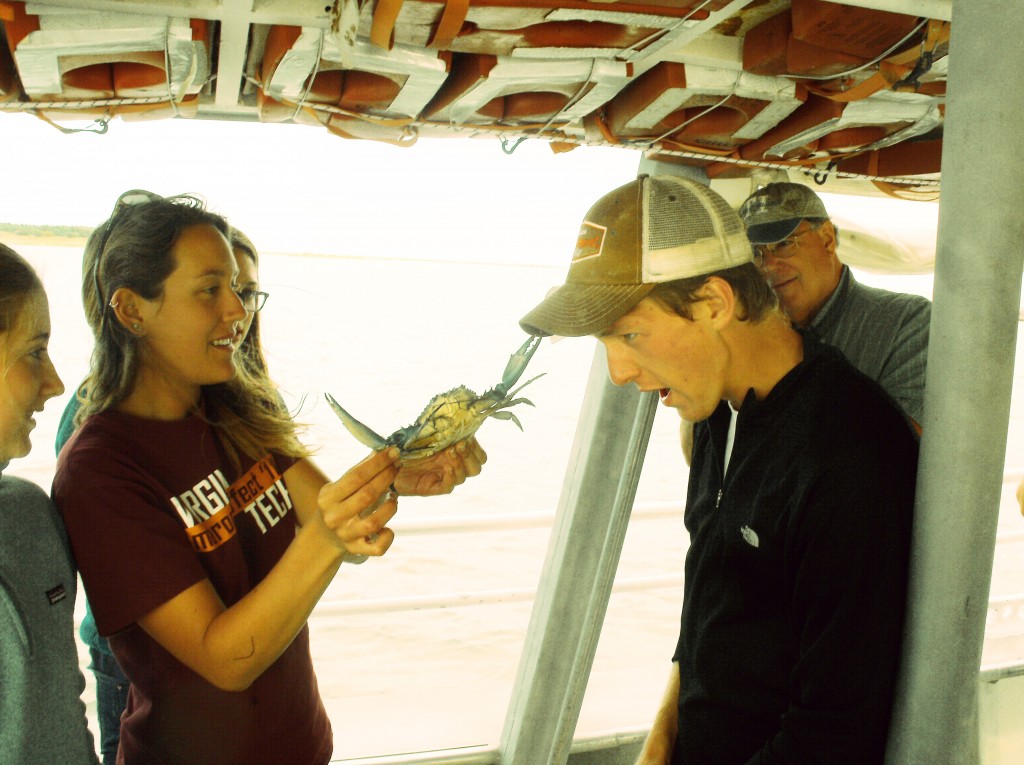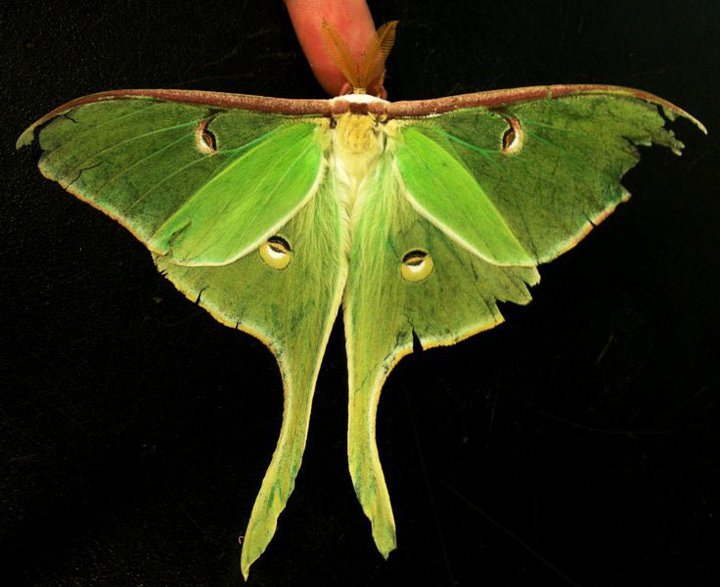Natural History Sustainability Mosaic II
Fall 2016
(NOTE: The second meeting for a discussion of pre-registration for fall will be held on Tuesday, March 22 at 4:45 p.m. in Kaufman 152 to discuss signing up for classes in the fall and other details of the program)
————————————————————————————————————————————-
Natural History Sustainability Mosaic II
Fall Semester 2016
____________________________________________________________
Three professors have just been approved for the Natural History Sustainability Mosaic II in the Fall Semester of 2016. Students who are interested in this exciting opportunity should consider applying. This Mosaic represents a new and improved version of a Mosaic we offered in 2012. Here are the details:
The three professors–Ashton Nichols, Environmental Studies and English; Marcus Key, Earth Sciences; and Gene Wingert, Biology–will use the entire semester to introduce students to exciting versions of paleontology, nature writing, and field biology. Students will enroll in three (3) classes (one in each subject, including a “W” and a laboratory science credit), and an Independent Study for their fourth credit:
1) ENST 310 Special Topics/BIOL 401 Special Topics (Natural History with Lab): Wingert
2) ERSC 307 Paleontology with Lab: Key, QR or DIV III lab science requirement.
3) ENGL 212 Writing About Natural History: Nichols, W
4) Independent Study or Research credit in BIOL, ENGL, ENST, or ERSC: Key, Nichols, Wingert
In addition to coursework, numerous field trips–several overnights–will enhance the experience of this unified teaching semester. Since students are only enrolled with these three professors, they will not have a regular schedule; instead, all of the Mosaic students will work with all three of the Mosaic professors in shared enterprises that will call for varying time schedules and commitments each week.

The Carnegie Museum houses the “holotype” T-Rex; that is the first specimen–1905–fossil on which the scientific designation of this animal as a new species (Tyrannosaurus rex [“tyrant lizard king”] was based).
Students will take no other classes during the fall of 2016, since they will receive a full four-credit semester based on three (3) classes with professors and a self-selected independent study (for one [1] credit) on a subject related to natural history, with one professor. The Natural History Sustainability Mosaic II represents a remarkable example of what can happen when three professors, with different strengths and different interests, come together to share their expertise and enthusiasms with a group of equally committed students. The Mosaic will use place-based, as well as classroom, learning as valuable ways of engaging student interests while conveying a wide range of academic and intellectual content.
For now, you need only let us know if there is a chance you might be interested in this Mosaic for the Fall 2016 semester. Early in February, we will have meetings and an official application period (the program will be competitive). There is an additional fee for this program because of the numerous field trips. This fee has already been offset by generous grants from the Community Studies Center (CSC) and the Center for Sustainability Education (CSE), and the remaining student fee will be $ 400.00 per student. (Financial Aid can be applied to this cost.)
Here is our web-blog and syllabus from our first 2012 Mosaic for more details:
http://blogs.dickinson.edu/syllabus/2012/08/23/english-212-writing-about-natural-history/
All you need to do for now is to send your name to (nicholsa@ dickinson.edu) and let us know that you have an interest in this Mosaic for Fall semester 2016. We will then call a meeting for all interested students to begin applications.
 Students celebrate environmental clean-up (in canoes) of the Susquehanna River.
Students celebrate environmental clean-up (in canoes) of the Susquehanna River.


